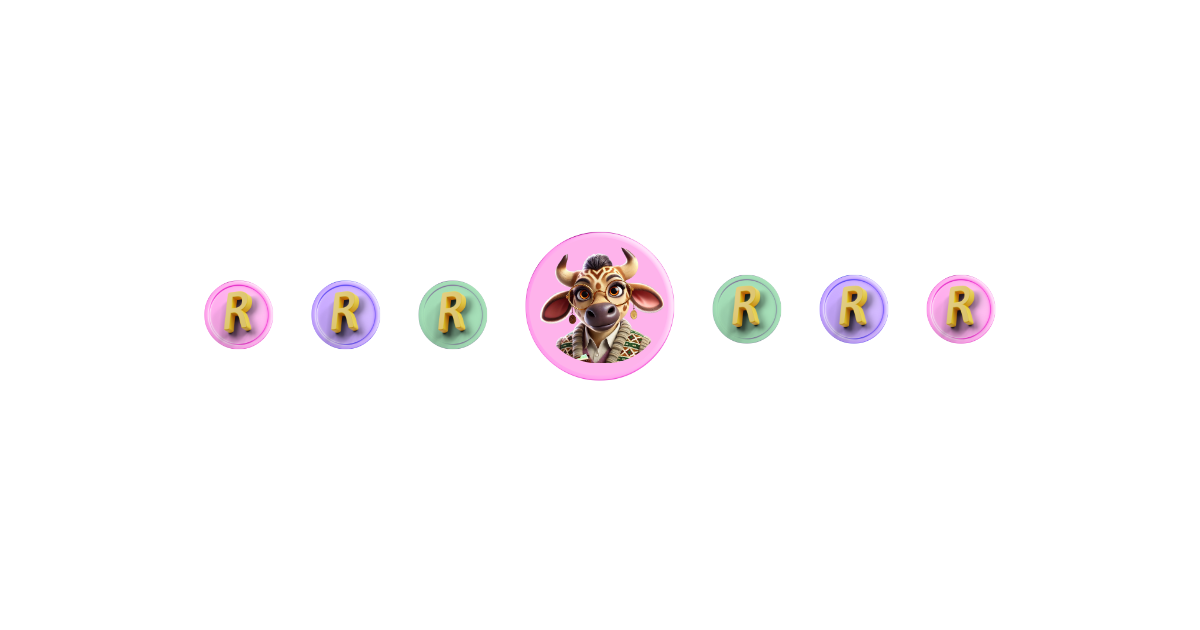

How to Teach Kids to Budget with Jars, Joy, and Jellybeans
How to teach kids to budget with a strong mindset, a solid habit, and a smart tip. And get our Money Map to help them spend, save, share, and sow with purpose
Whether you’re a kid, a teen, or even an adult, when you’ve got a bit of cash to burn, it sometimes feels like it’s burning a hole in your pocket, right?
And if it’s like that for someone with a fully developed pre-frontal cortex, imagine what it’s like for someone under 25, who is still developing this key tool for impulse control…
So it’s not that kids are bad at controlling the “I want to buy this thing now” thought process; it’s that their brains are still developing. And what a great time to introduce them to budgeting, to help them train their brain in a solid financial principle.
But we know that even just the word “budget” can send shivers down your spine. And it’s not any different for kids, which is why we’re calling it something new: a Money Map. And here’s why it works…
- Because it's a fresh new concept, kids are naturally curious about it.
- It works so much better because that’s exactly what it is: a map for where your money should go.
So let's get into how to teach kids to budget with a mindset to cultivate, a habit to form, and a tip to try. At the end of this article we’ll share our free downloadable resource: The Money Map.
1. A Mindset to Cultivate
At first glance, a budget might seem like a boring set of rules that gets in the way of buying what you want right now.
But let's flip the script: a budget is actually the plan you make to get what you want most.
It’s the difference between drifting along, hoping for the best, or steering your own money ship in a specific, intentional direction.
And it’s (almost) never too early to start. A Cambridge study found that children as young as seven years old already develop basic money habits, making early lessons about financial planning critical to shaping long-term behaviours.
So budgeting really isn’t about saying no. It’s about learning to say yes to the right things.
2. A Habit to Form
The moment kids receive money, whether it’s their pocket money, allowance, or money for their birthday, show them how to divide it up intentionally.
A simple, powerful system is to think about four categories:
- Spend (for right-now fun, like a packet of jellybeans)
- Save (for future big goals, like a big kid bike)
- Share (to give to others, like buying a present for a loved one)
- Sow (to invest for growth, something to build into their future)
Getting into the habit of categorising your money before you spend it helps build intentionality, and has a lasting effect…
Studies show that financial education (and the habits formed from that), covering everything from increased savings and speedier loan repayments, was still in play more than a decade after the study participants had left school.
So think about where your money should go before you spend it (not after it’s almost gone), goes a long way.
Want to know how to teach kids to save?
3. A Tip to Try
In one of our very first Mini Millionaires editions, we introduced the simple but powerful Jars System, and it’s a perfect match here.
Kids need to see how their money is divided. Set up four jars or envelopes (yes, four piggy banks can work as well - cute), or even use a kid-friendly budgeting app labelled:
- Spend
- Save
- Share
- Sow
Now here’s the tip to try: Figure out a ratio of how to split their money between their Four Jars (or envelopes). This leaves no room for any confusion and gives them a formula to stick to.
A simple rule of thumb to start with is the 7-1-1-1 Rule:
So, for every R10 they receive, they can:
- Spend R7
- Save R1
- Share R1
- Sow R1
Of course, the less the spending category could be, the better for long-term financial health…
By making their budget visual, it makes it real and turns good money habits into second nature.
Find out more about how to teach kids about sharing.
Download your free Money Map.
In reality, kids don’t need complex spreadsheets and formulas (just yet)...
So our easy-to-use (not to mention cool-looking) Money Map is the perfect way for them to see exactly what’s going on in their budget at any time. Most importantly, it teaches them the fundamentals of budgeting.
Simply download it, print it out, stick it up somewhere, and start writing down everything that’s coming in and how much needs to go to each of Spending, Saving, Sharing, and Sowing.
Just like that.
Before you go: You might also enjoy how to teach kids smart spending habits.
